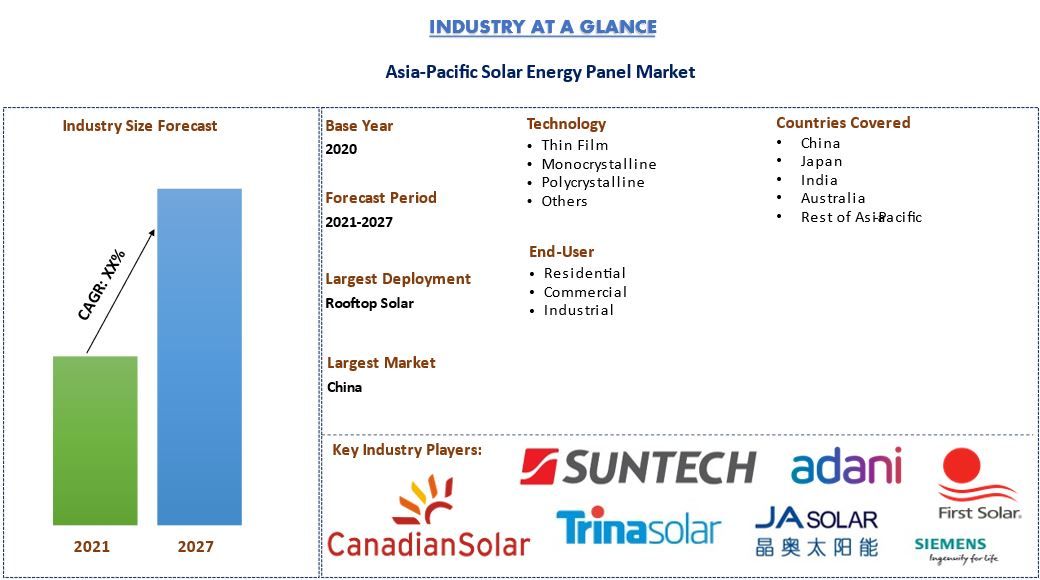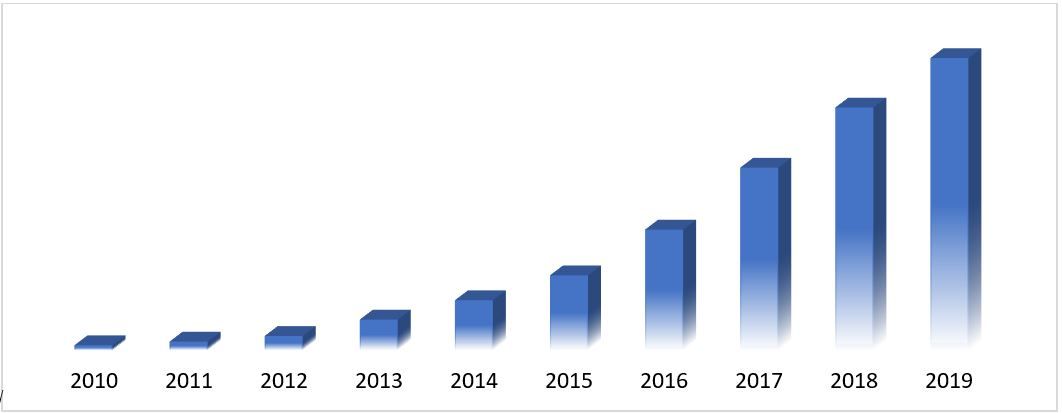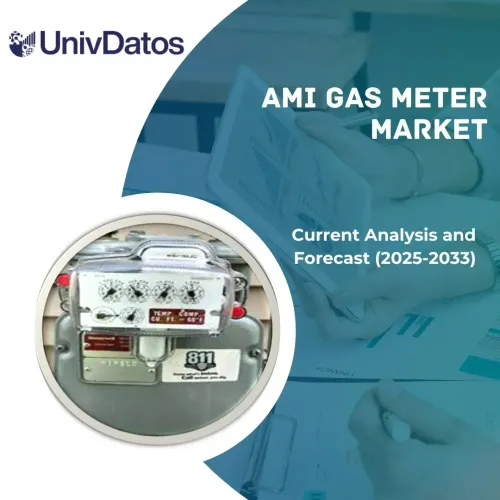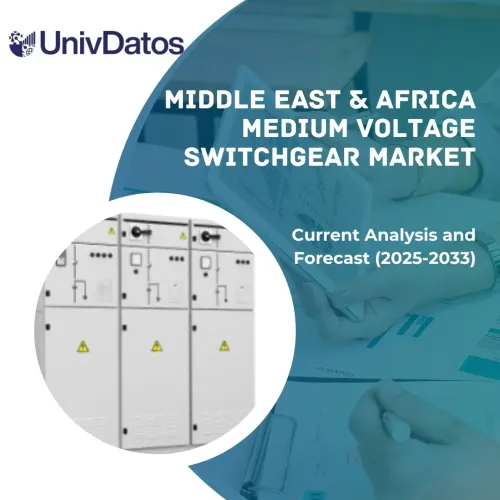- Home
- About Us
- Industry
- Services
- Reading
- Contact Us
Asia-Pacific Solar Energy Panels Market: Current Analysis and Forecast (2021-2027)
Emphasis on Technology (Monocrystalline, Polycrystalline, Thin Films, and Others); Deployment (Rooftop Solar, Ground-Mounted); End-User (Residential, Commercial, Industrial); Region and Country
Asia-Pacific Solar Energy Panels Market was valued at US$ 55 billion in 2020 and is expected to grow at a CAGR of 18% over the forecast period (2021-2027). Solar energy is the cleanest and one of the most abundant renewable sources of energy available as this energy is harnessed from the sun. there are basically three main ways to harness solar energy: photovoltaics, solar heating & cooling and concentrating solar power. Solar panels are also known as PV panels are used to convert light from the sun into electricity that can be used to power electrical loads. Solar panels can be used for a wide variety of applications including remote power systems for cabins, telecommunication equipment, remote sensing, among others.
Asia is known for its unhealthy air quality owing to the increasing pollution levels in the region. According to the IQAir World Air Quality Report, Bangladesh & Pakistan has the poorest air quality in Asia and the world. As per the worldwide survey conducted in 2019, 21 out of the 30 most polluted cities were in India. The US AQI number averaged out at 152 and the PM2.5 figure recorded was 58.08µg/m³ in the same year. This concentration was 5 times higher than that recommended by the WHO which can lead to a serious respiratory problem for those exposed to it. Also, the State of Global Air 2020 stated that air pollution is one of the leading causes of deaths amongst all forms. In 2019, nearly more than 1.6 million deaths were due to poor air quality in India alone. Further, household, and outdoor particulate matter pollution was the leading death cause for more than 1,00,000 infants during the first month of their lives in the same year. Owing to these alarming facts and increasing concern about the deteriorating environment there is wide adoption of cleaner energy sources including solar energy propelling the solar energy panels market across the APAC region.
Furthermore, the growth of this market can be attributed to the growing industrialization, urbanization, and population in the region. Economic growth is causing the demand for power in the region which results in more electricity supplies and the Paris act and other environmental policies lead to increasing investments in renewable power and infrastructure. Additionally, the declining price of solar panels is also increasing investments in the field. According to IRENA, the number of solar PVs in Asia was 280 in 2018 which is expected to grow to 1,860 in 2030 and 4,837 in 2050. Also, the highest number of Solar PVs are expected to be installed in Asia in the upcoming years which in turn is propelling the growth of the Asia-Pacific Solar Energy Panels market across the globe.
Solar Energy Capacity in Asia 2010-2019 (in megawatts)
First Solar Inc, Trina Solar Ltd., JA Solar Holdings Co, Adani Green Energy Ltd., Azure Power Global Limited, Siemens AG, Huawei Technologies, Suntech Power Holdings, SolarWorld, Canadian Solar Inc. are some of the prominent players operating in the solar energy panels market. Several M&As along with partnerships have been undertaken by these players to facilitate customers with hi-tech and innovative products/technologies.
Insights Presented in the Report
“Amongst Technology, Monocrystalline segment holds the major share”
Based on technology, the market is fragmented into monocrystalline, polycrystalline, thin films, and Others. The monocrystalline segment generated revenue of USD XX million in 2020 and is expected to grow at a CAGR of XX% during the forecast period to reach a market valuation of USD XX million by 2027F as they are one of the oldest and efficient alternatives to produce electricity through solar energy. For instance, the efficiency of these solar panels ranges between 17% to 22%. Also, these solar panels have monocrystalline solar cells that require less space to reach a certain capacity of power owing to their high efficiency.
“Amongst Deployment, Rooftop Solar segment holds the major share”
Based on deployment, the Asia-Pacific solar energy panels market is segmented into rooftop solar and ground-mounted. The rooftop solar segment accounted for a market valuation of US$ XX billion in 2020 and is expected to reach US$ XX billion by the year 2027 growing with a CAGR of XX% over the projected timeframe. Rooftop mounted solar panels are the most common type of installation of solar panels where solar panels are installed directly on the roof. Rooftop mounting of solar systems offers many advantages over ground-mounted solar panels which in turn is responsible for the growth of this segment. Some advantages of rooftop solar are lower cost of installation as compared to ground-mounted solar panels and panels protect the roof from unwanted exposure to certain elements.
“Amongst End-User, Commercial segment holds the major share”
Based on end-user, the market is also fragmented into residential, commercial, and industrial, based on the end-user. The Industrial segment grabbed XX% market share in 2020 and is expected to grow with a CAGR of XX% to reach a market valuation of USD XX million by 2027. The growth of this segment is attributed to the growing demand for energy in the industrial sector in the APAC region. For instance, in 2020 the energy demand by the industrial sector in the Asia-Pacific region accounted for 104 quadrillion British thermal units.
“China represents one of the largest markets of Solar Energy Panels market”
For a better understanding of the market dynamics of the solar energy panels market, a detailed analysis was conducted for different countries across the Asia-pacific region including China, Japan, India, Australia, and the Rest of APAC. China dominated the market and grabbed around XX% market share owing to the increasing adoption of renewable energy and increased solar PV capacity in the country. For instance, in China, solar PV capacity increased substantially from 0.864 GW in 2010 to 205.07 GW in 2019 at a CAGR of 94.2%.
Reasons to buy this report:
- The study includes market sizing and forecasting analysis validated by authenticated key industry experts
- The report presents a quick review of overall industry performance at one glance
- The report covers an in-depth analysis of prominent industry peers with a primary focus on key business financials, product portfolio, expansion strategies, and recent developments
- Detailed examination of drivers, restraints, key trends, and opportunities prevailing in the industry
- The study comprehensively covers the market across different segments
- Deep dive regional level analysis of the industry
Customization Options:
Asia-Pacific solar energy panels market can further be customized as per the requirement or any other market segment. Besides this, UMI understands that you may have your own business needs, hence feel free to connect with us to get a report that completely suits your requirements.
Table of Content
Analyzing the historical market, estimation of the current market, and forecasting the future market of the Asia-Pacific Solar Energy Panels market were the three major steps undertaken to create and analyze the adoption of Asia-Pacific Solar Energy Panels in major regions globally. Exhaustive secondary research was conducted to collect the historical market numbers and estimate the current market size. Secondly, to validate these insights, numerous findings and assumptions were taken into consideration. Moreover, exhaustive primary interviews were also conducted, with industry experts across the value chain of the Asia-Pacific Solar Energy Panels market. Post assumption and validation of market numbers through primary interviews, we employed a top-down/bottom-up approach to forecasting the complete market size. Thereafter, market breakdown and data triangulation methods were adopted to estimate and analyze the market size of segments and sub-segments the industry pertains to. Detailed methodology is explained below:
Analysis of Historical Market Size
Step 1: In-Depth Study of Secondary Sources:
Detail secondary study was conducted to obtain the historical market size of the Solar Energy Panels through company internal sources such as annual report & financial statements, performance presentations, press releases, etc., and external sources including journals, news & articles, government publications, competitor publications, sector reports, third-party database, and other credible publications.
Step 2: Market Segmentation:
After obtaining the historical market size of the Solar Energy Panels market, we conducted a detailed secondary analysis to gather historical market insights and share for different segments & sub-segments for major regions. Major segments included in the report as technology, deployment, and end-user. Further country-level analyses were conducted to evaluate the overall adoption of solar energy panels in that region.
Step 3: Factor Analysis:
After acquiring the historical market size of different segments and sub-segments, we conducted a detailed factor analysis to estimate the current market size of Solar Energy Panels. Further, we conducted factor analysis using dependent and independent variables such as increasing global temperature and increasing adoption of renewable energy. A thorough analysis was conducted for demand and supply-side scenarios considering top partnerships, merger and acquisition, business expansion, and product launches in the Solar Energy Panels sector across the region.
Current Market Size Estimate & Forecast
Current Market Sizing: Based on actionable insights from the above 3 steps, we arrived at the current market size, key players in the Solar Energy Panels market, and market shares of the segments. All the required percentage shares split, and market breakdowns were determined using the above-mentioned secondary approach and were verified through primary interviews.
Estimation & Forecasting: For market estimation and forecast, weights were assigned to different factors including drivers & trends, restraints, and opportunities available for the stakeholders. After analyzing these factors, relevant forecasting techniques i.e., top-down/bottom-up approach was applied to arrive at the market forecast about 2027 for different segments and subsegments across the major markets globally. The research methodology adopted to estimate the market size encompasses:
- The industry’s market size, in terms of value (US$) and the adoption rate of Solar Energy Panels across the major markets domestically
- All percentage shares, splits, and breakdowns of market segments and sub-segments
- Key players in the Solar Energy Panels market in terms of products offered. Also, the growth strategies adopted by these players to compete in the fast-growing market
Market Size and Share Validation
Primary Research: In-depth interviews were conducted with the Key Opinion Leaders (KOLs) including Top Level Executives (CXO/VPs, Sales Head, Marketing Head, Operational Head, and Regional Head, Country Head, etc.) across major regions. Primary research findings were then summarized, and statistical analysis was performed to prove the stated hypothesis. Inputs from primary research were consolidated with secondary findings, hence turning information into actionable insights.
Split of Primary Participants in Different Regions
Market Engineering
Data triangulation technique was employed to complete the overall market estimation and to arrive at precise statistical numbers of each segment and sub-segment of the Solar Energy Panels market. Data was split into several segments & sub-segments post studying various parameters and trends in the areas of technology, deployment, and end-users of the Solar Energy Panels market.
The main objective of the Solar Energy Panels Market Study
The current & future market trends of Solar Energy Panels were pinpointed in the study. Investors can gain strategic insights to base their discretion for investments from the qualitative and quantitative analysis performed in the study. Current and future market trends were determined the overall attractiveness of the market at a regional level, providing a platform for the industrial participant to exploit the untapped market to benefit as a first-mover advantage. Other quantitative goals of the studies include:
- Analyze the current and forecast market size of Solar Energy Panels in terms of value (US$). Also, analyze the current and forecast market size of different segments and sub-segments
- Segments in the study include areas of type and their subtypes
- Define and analysis of the regulatory framework for the Solar Energy Panels industry
- Analyze the value chain involved with the presence of various intermediaries, along with analyzing customer and competitor behaviors of the industry
- Analyze the current and forecast market size of the Solar Energy Panels market for the major region
- Major countries studied in the report include China, Japan, India, Australia, and Rest of Asia-Pacific
- Company profiles of the Solar Energy Panels market and the growth strategies adopted by the market players to sustain in the fast-growing market
- Deep dive regional level analysis of the industry
Related Reports
Customers who bought this item also bought













